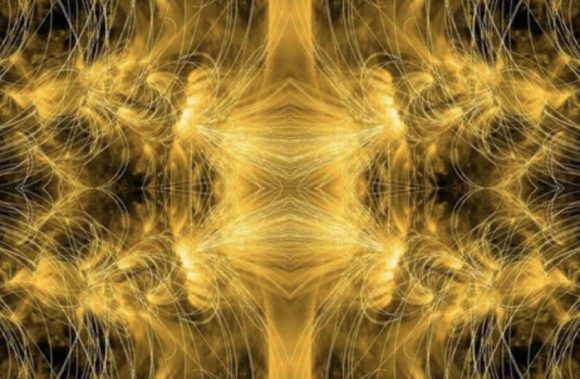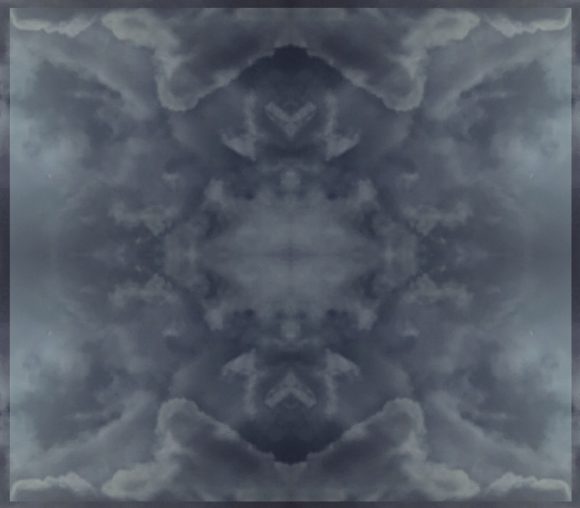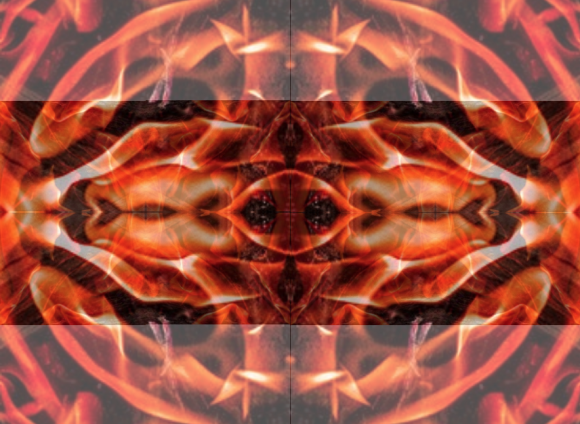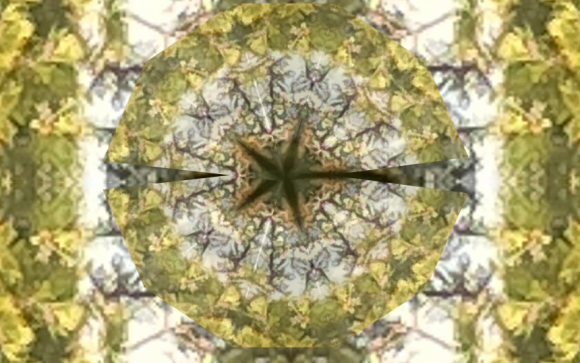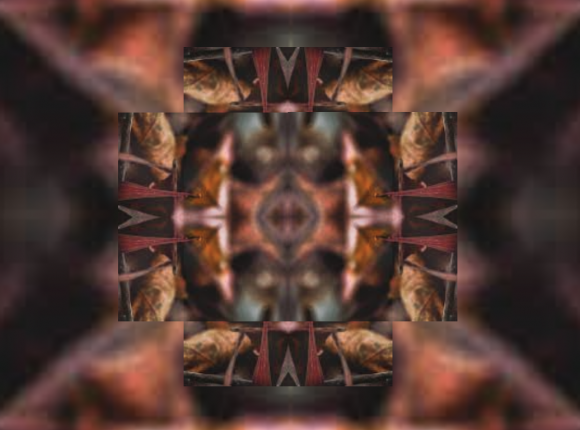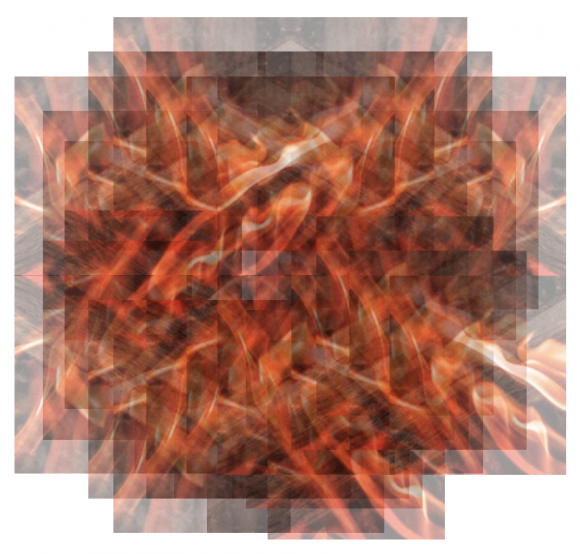
When I summarized the view that emerges from the individuation essay, I listed a number of respects in which the notion of “personality” on which it is based is different from our everyday notion of a person. One of these was that a psychological individual (according to Jung, in the individuation essay) partly consists of unconscious, collective structures which are diffused throughout the...
